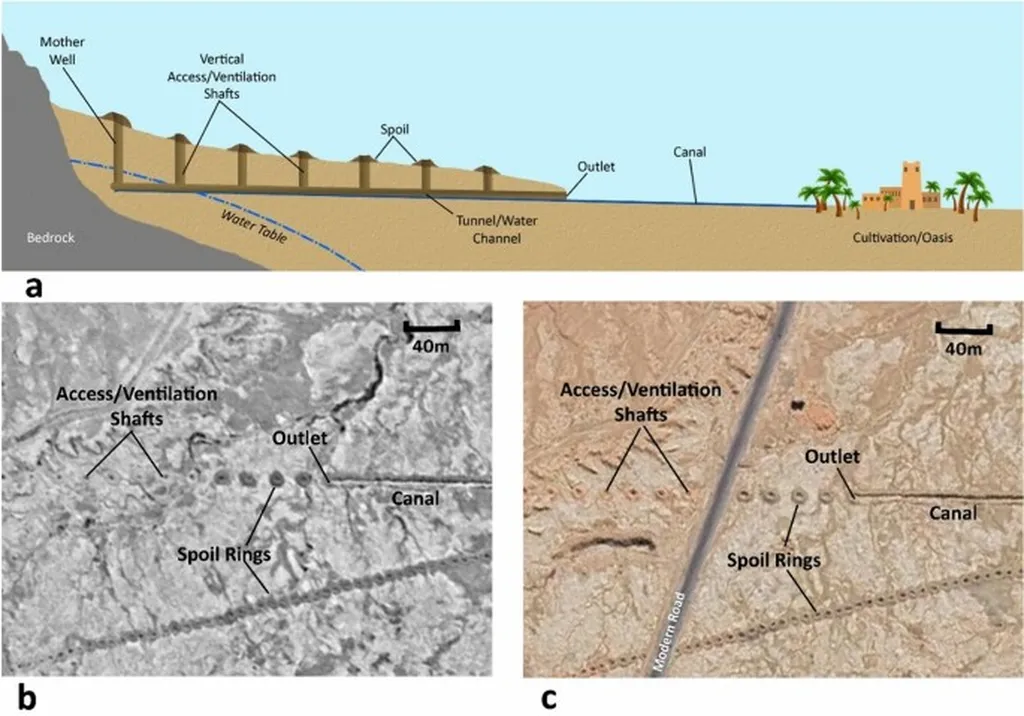In the heart of Morocco, researchers are harnessing the power of satellite imagery and machine learning to revolutionize soil management, with significant implications for precision agriculture and the energy sector. Yassine Bouslihim, a researcher at the National Institute of Agricultural Research (INRA) in Rabat, has led a groundbreaking study that demonstrates the feasibility of high-resolution, field-scale mapping of soil organic matter (SOM) using multi-temporal Sentinel-2 data and machine learning algorithms.
The study, published in Geomatica (which translates to “Geomatics”), compares the performance of two machine learning algorithms—Random Forest (RF) and Extreme Gradient Boosting (XGBoost)—for predicting SOM at the field scale. The results are promising, with RF demonstrating superior performance in terms of accuracy and consistency. “This study shows that we can achieve high-resolution SOM mapping at the field scale, which is crucial for precision agriculture and sustainable soil management,” Bouslihim explains.
The implications for the energy sector are substantial. Accurate, high-resolution SOM mapping can inform decisions about bioenergy crop cultivation, optimizing land use and improving crop yields. By understanding the spatial variability of SOM, farmers and energy crop producers can implement targeted management strategies, enhancing the productivity and sustainability of their operations.
Moreover, the study’s open-data approach ensures reproducibility and facilitates further research, fostering a collaborative environment for innovation. As Bouslihim notes, “By making our data and code publicly available, we hope to encourage other researchers to build upon our work and contribute to the advancement of precision agriculture.”
The research also highlights the potential of multi-temporal optical satellite data for detailed spatial assessment of SOM variability. This approach can be scaled up to larger regions, providing valuable insights for policymakers and industry stakeholders. As the world grapples with the challenges of climate change and food security, such tools become increasingly vital.
In the realm of precision agriculture, this study paves the way for more informed decision-making, enabling farmers to tailor their practices to the specific needs of their fields. This not only improves crop yields but also promotes sustainable soil management, reducing the environmental impact of agricultural activities.
The commercial impacts for the energy sector are equally significant. With a growing demand for bioenergy, accurate SOM mapping can help identify suitable lands for energy crop cultivation, ensuring optimal use of resources. Furthermore, it can aid in monitoring and managing soil health, which is crucial for the long-term viability of bioenergy production.
As we look to the future, the integration of remote sensing and machine learning in agriculture holds immense promise. This research by Bouslihim and his team at INRA is a testament to the power of these technologies in driving innovation and sustainability in the energy and agricultural sectors. By providing a framework for high-resolution SOM mapping, they are shaping the future of precision agriculture and contributing to a more sustainable and resilient food and energy system.

